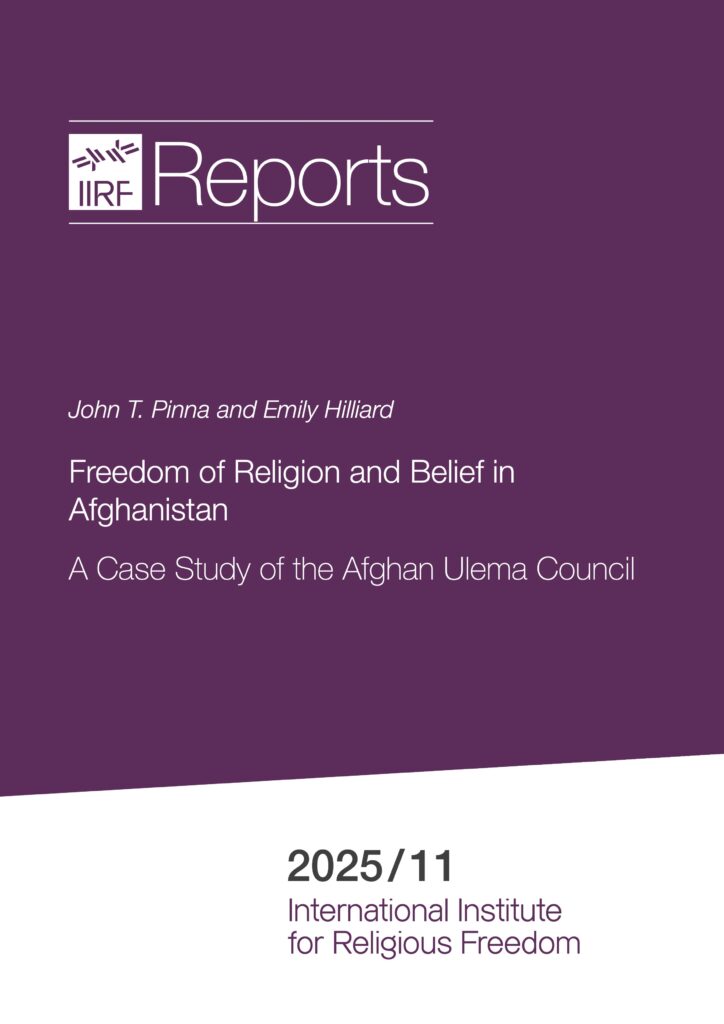While many Muslim countries have an Ulema Council, a body of scholars, that intervenes and advocates for Freedom of Religion and Belief (FoRB) in humanitarian and development programming, there has been no evaluation to date on the effectiveness of such a structure in addressing FoRB in-country.
This project aimed to evaluate the Afghan National Shura al Ulema Council, an entity comprised of religious scholars who interpret and disseminate Islamic law. This body provides an overlay for all development and humanitarian programs in-country and regularly intervenes in local, regional, and national projects by national and foreign entities. This study analyzes 700 cases reported as FoRB violations, from multiple municipalities, that were put before the Ulema Council. The findings of the Ulema Council in these cases were then compared to the evaluation of the cases using the Government Restriction Index (GRI) and the Social Hostilities Index (SHI). The comparative analysis illustrated a gap between what the international community classifies as FoRB violations and how Islamic society classifies and proceeds with FoRB cases. More specifically, the Ulema Council were more specific in their classification and put the cases in the Islamic context of religion and social norms to reach solutions to FoRB cases that often stem from familial, tribal, or ethnic disputes, while international standards of FoRB evaluation lacked the social context to properly evaluate the cases. Further, this study emphasizes the need for a more inclusive international standard for evaluating FoRB that takes into account how non-Western societies evaluate and handle issues of FoRB violations.

Conducted during 2020 and into 2021, amidst the Covid-19 pandemic and the subsequent fall of the Government of the Islamic Republic of Afghanistan (GIRoA), this evaluation faced many challenges. Great effort was made to update the evaluation with a snapshot of the year of Taliban rule. This update to the evaluation was concluded in August 2022. The surprising and strange developments have been integrated into this study and may provide possible avenues for further evaluation and research on trends.